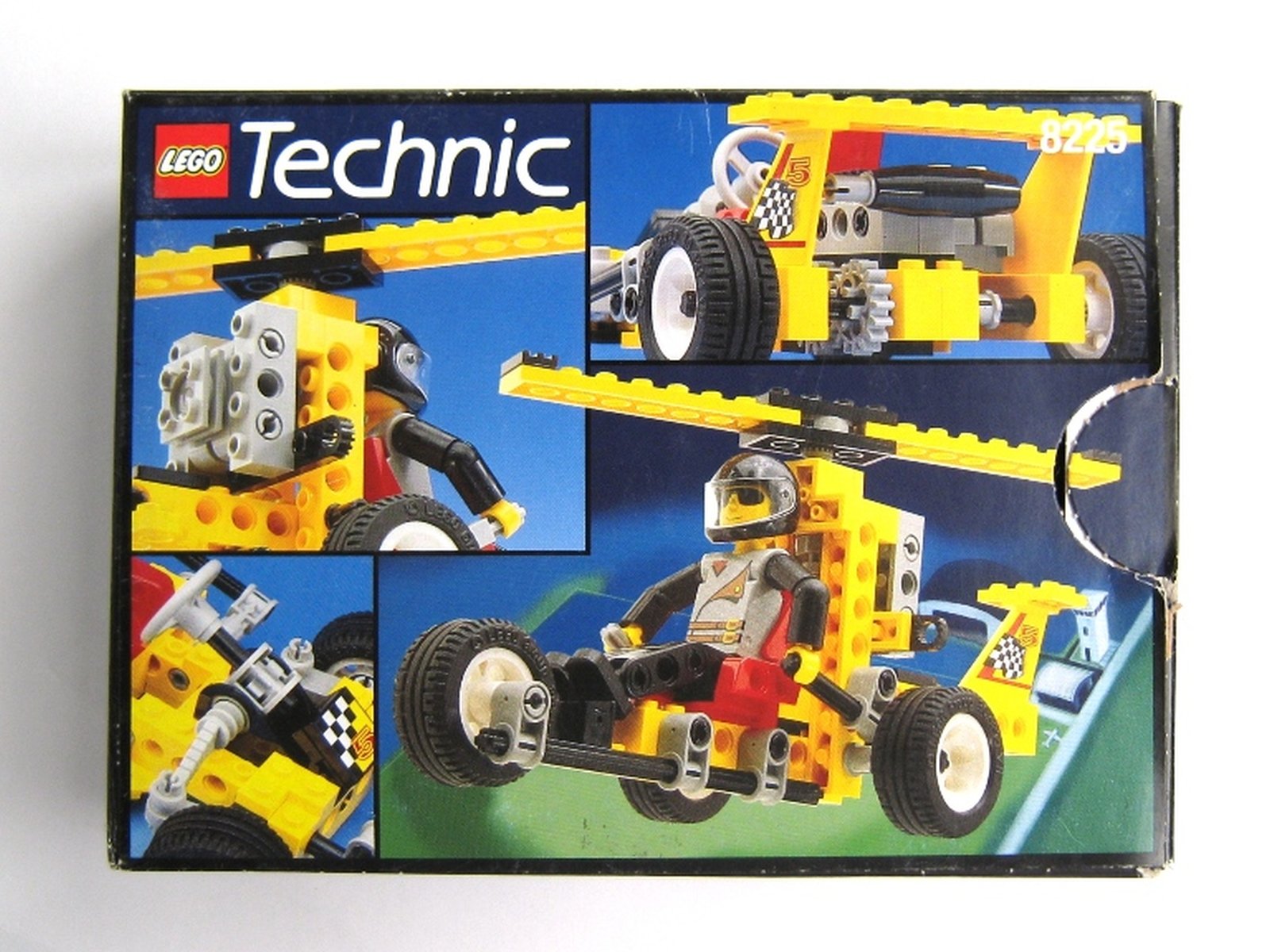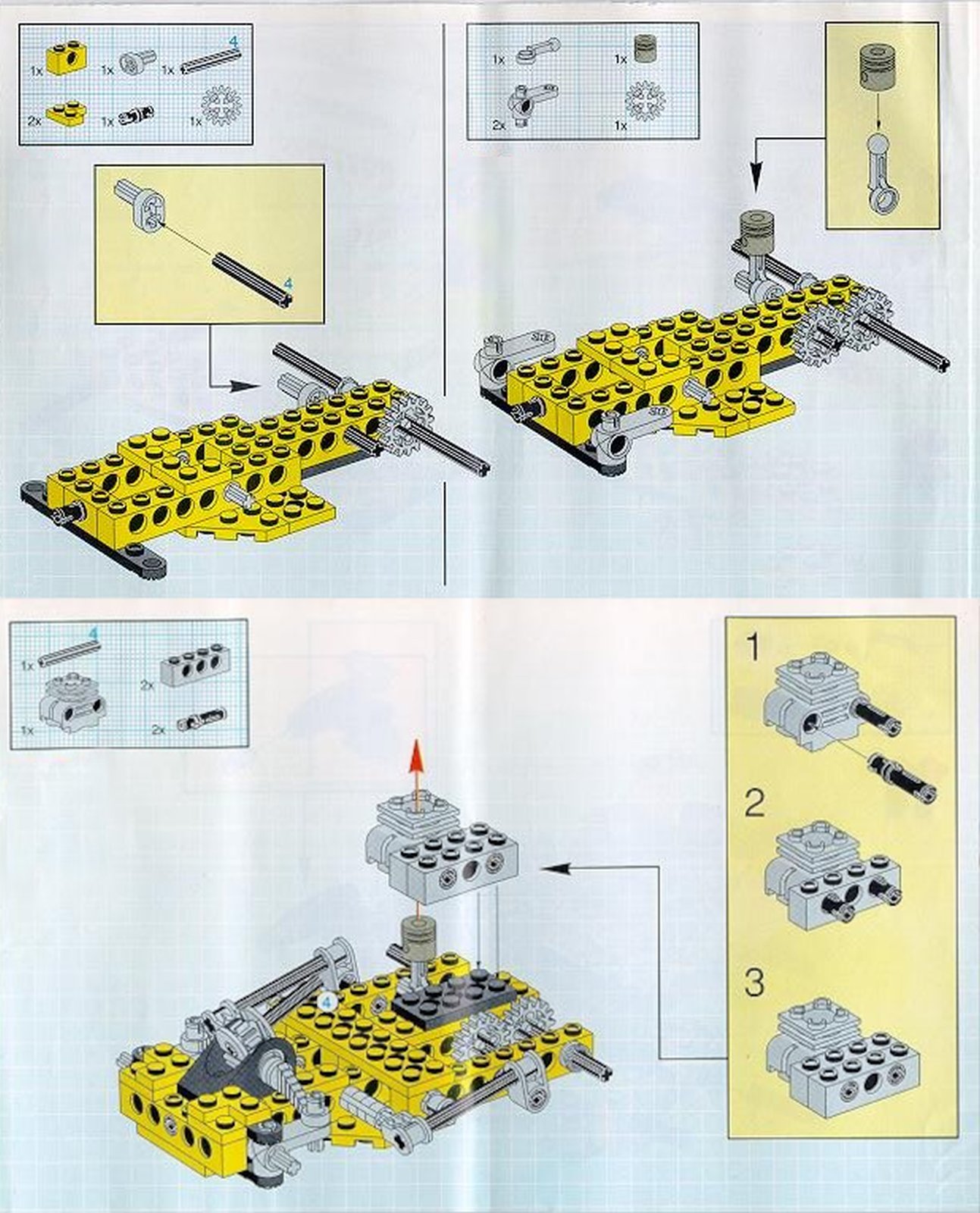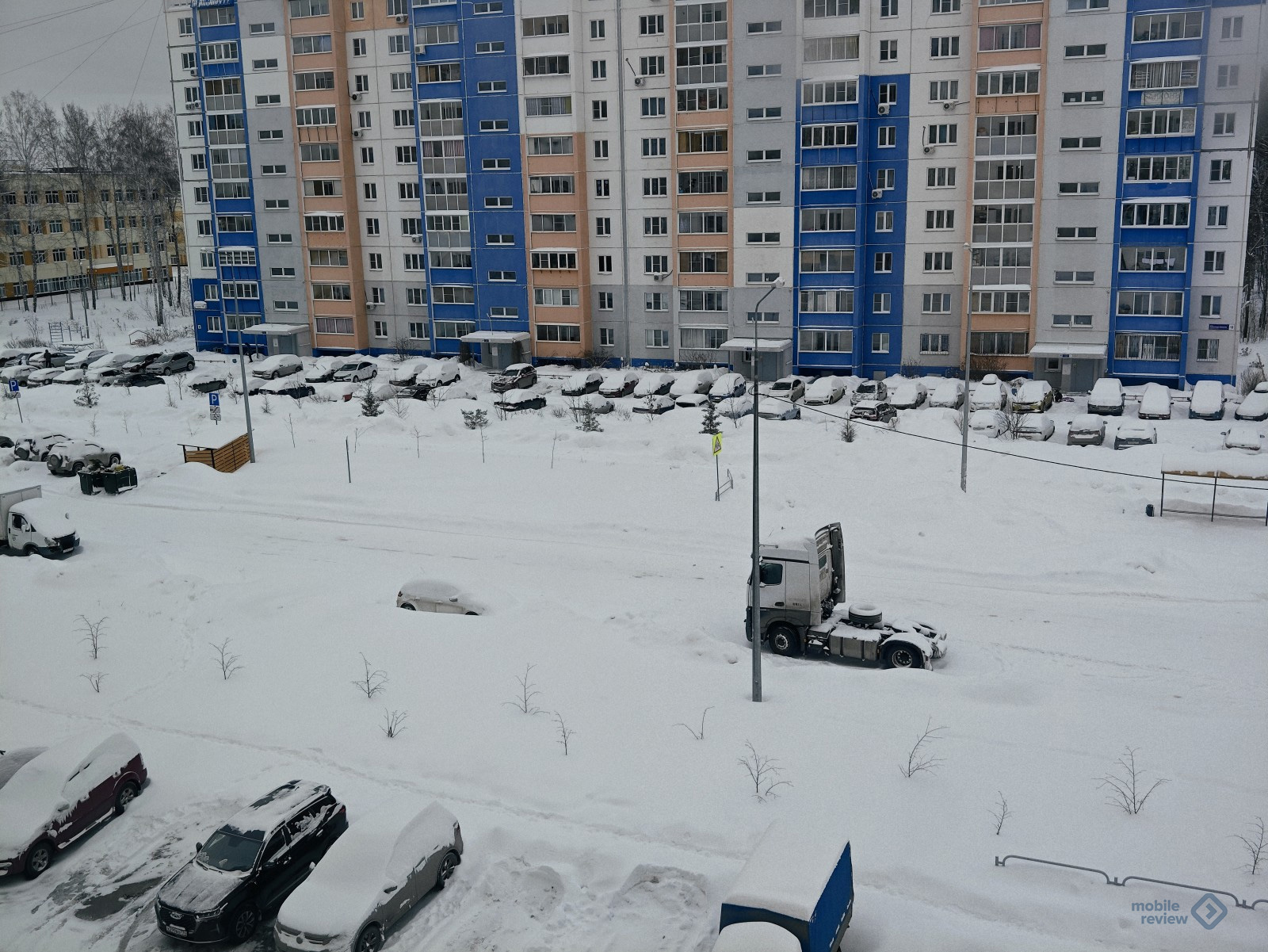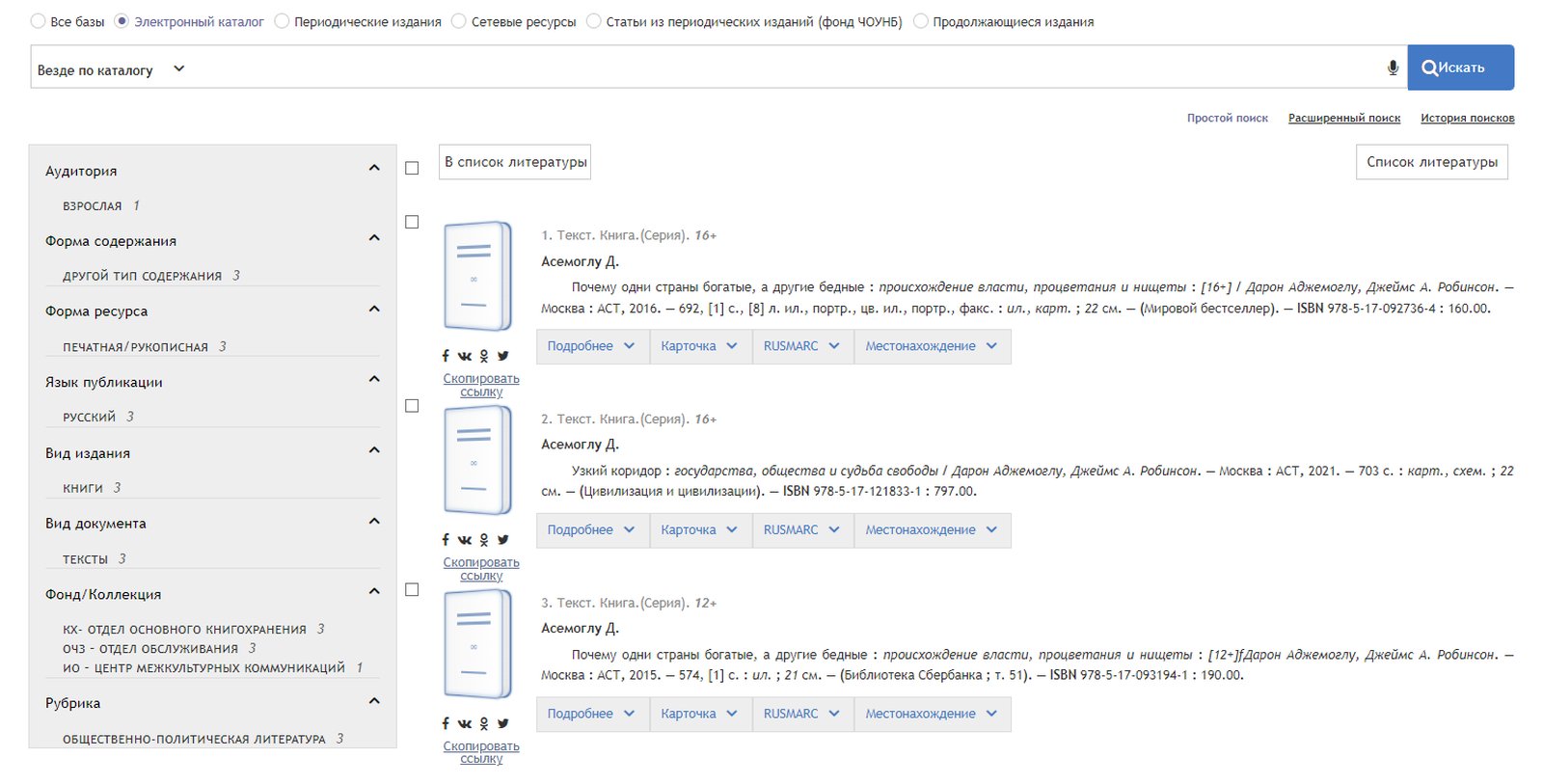Hello.
I like to write texts for an audience of people immersed in technology. Readers can always be surprised by a unique perspective on a question or narrowly focused information that significantly expands their understanding of a particular topic. This is somewhat comparable to collecting Lego sets. I remember how I dreamed of a set from the Technic series. As I remember now, it was kit 8225 with the name “Road Rally”:
Of course, the strength of such construction sets was not only the introduction of children to the basic workings of complex mechanisms, but also the huge number of additional assemblies. In simple sets the variations were even richer, but they were still much simpler. In this set, for example, the rally turned into a single-seat helicopter:

Moreover, pay attention to the engine, steering rods and the arrangement of the rack and pinion. Due to the cylindrical shape of the rack, the steering wheel shaft and gear slide around it (the rack) without losing grip and allow you to adjust the angle of the steering wheel!

All this gave young minds an idea of the operation of car systems. However, by the time I received this constructor, I was no longer interested in standard assembly objects. By that time, I had so many construction kits that they could easily be used to create all sorts of space, underwater or Arctic stations. And sometimes it was just some technical elements that were missing, like gears and racks. That is why the finished product from Lego stayed with me for just a couple of minutes. Today it’s easy to take Blender and create any part using available three-dimensional models on your home printer. In those days, you had to buy a whole construction set.
This is where I see the analogy with opinions. You can insist endlessly that all new products technically cover their predecessors and there is no point in being stuck in the past, but at this moment I always remember the opinion of one shareholder who certainly needed printouts, because: “Misha, your mouse is about to fall, If it breaks, how will you work? Paper is more reliable.” It may sound stupid, but today I know few people who unconditionally trust, for example, cloud storage and leave nothing on their hard drive. That is, old opinions, like designer parts, are built into new worldview concepts and remain there until some even newer “part” completely replaces them. The correctness of this approach cannot be assessed unambiguously. On the one hand, if we are talking about something ideological, then there is no need to play with it. The theory of the “Overton Window” can be frightening with the results of its application for a reason. On the other hand, some technical archaisms should be called backward, and not “reliable, time-tested and proven.”
I often think about this when, in comments to the texts of the inventive section, I hear the opinion that the technical solutions proposed in the materials require disproportionately large costs for implementation, and even with the modernization of existing systems. An additional nuclear plant, a special coatings plant, and an improved sewer system if the city has implemented defrosting roads, for example:
Yes, fantasy, but if you think about it, how many problems will this solve? Of course, the project should not be approved at the stage of assessing the energy costs of thawing the roads of the entire city. After all, let’s be honest, even in the most beautiful technological metropolis, all streets are not cleaned in the same way as the central one. This means that these subtleties should also be taken into account. And, most likely, it will no longer be a nuclear power plant that will be needed for energy. How much snow removal equipment will be possible to refuse? And it will be followed by maintenance, repairs, employees, consumption of fuel and lubricants, and its storage location, etc. Also, when operating such equipment, accidents will inevitably occur. This year the weather was calm during the holidays. A comfortable amount of snow fell, and there was no cold weather. But in the past, at this same time, it was hellishly cold, and there was so much snow that only one lane remained of the wide road:

Yes, special equipment slightly cleared the passages, but in order to avoid emergency situations, this still turned out to be not enough. I remember the picture when a tow truck drove up to the scene of an accident, and while avoiding the colliding cars, it drifted into a rut and hit a parked car with its loading platform. And all this happens when it’s rush hour, cold, etc. I felt sincerely sorry for the people who found themselves in that situation. As, indeed, those who tried to leave the yard after the New Year holidays. There was also a small branch of hell there, since the garbage truck could not pass through to unload containers for a week. This is why I remember all this. Existing action plans are often drawn up in isolation from force majeure situations. And it’s definitely not worth clinging to something that works somehow.
Or another example. We once patented an antenna whose lifting device was made in the form of at least one drone, which rose by pulling a wire from a coil. The need for such a device right now is not dictated by anything. Here is an absolutely unnecessary device that also requires high-tech developments in the field of programming, robotics, energy storage, etc. You can read more about the invention and criticism at the link below:
Today, the functionality of such a device is determined by the placement of stationary antennas, or by the temporary unavailability of communications. Hypothetically, it could be an excellent emergency communications network, similar to smoke signals on mountain tops. Well, okay, that’s not the point. I like the idea because for a generally simple device, very complex technologies will be involved. If your imagination cannot draw you a high-tech box with a mobile antenna, then imagine something like in the video below, only with a drone with four propellers and a cable trailing behind it:
There is a lot that can be taken into account in this decision. And even from the version shown in the video above, one can judge the scrupulous approach of the authors. Cameras monitoring the drone during landing, positioning of the catcher, lid drive, etc. This box is designed for installation on a vehicle and for landing a drone while moving in combat conditions. Until recently, such devices were not assigned a significant role in military conflicts, but today it has sharply increased almost to a decisive one. This means that this direction is very important and it is definitely not worth brushing it off with arguments in the style of “everything works the same way.” And to understand why, it is better to turn to professionals in another field.
We recently published an article based on the opinion of one Nobel laureate in the field of economics, which talked about the controversial nature of investing in artificial intelligence. If you didn’t notice, here it is:
Artificial intelligence is not of interest to us today, but the reference to the economic side of the author’s activity is. The thing is that Daron Acemoglu once wrote a book “Why are some countries rich and others poor. The Origin of Power, Prosperity and Poverty.”

And despite the fact that I have a somewhat biased attitude towards authors who, at intervals in the history of the United States, draw conclusions about the unconditional success of their business model, I still added the book to my reading, because in one of the articles regarding Acemoglu’s resonant statement about haste investment in AI was met with a mention of his joint work with scientists from MIT, where they explored the relationship between technological progress and economic growth. It would seem, what is there to explore? We hear about Japan, which, thanks to a technological breakthrough, has overtaken everyone, becoming a supplier of high technologies to the whole world, and for many years it felt great. Or China, which is following a similar path, presenting itself as a factory for all goods in general, while at the same time not missing the opportunity to study the technologies entrusted to them. Even when looking at the United States, the question inevitably arises as to why scientists paid attention to this area of research. But after a thorough study of the topic, the real state of affairs turned out to be as follows:
“Studying the development of industry in the United States since the 1970s, just as information and computer technology was beginning to be introduced into industry, they discovered a paradox. Exponential technological growth did not transform into economic growth, and the first signs of the impact of innovation in the American economy became noticeable only in the 2000s.”
The full text of the article can be found at this link. The authors’ research revealed that the rapid growth of the US economy in the period 1997–2007 was due to so-called complementary innovations. In other words, there was a growth in those areas that sank due to the development of computer technology, but should have developed together. A simple example: libraries. I haven’t closely followed the stages of their development, but I’m sure that with the advent of widespread access to the Internet, their number of readers has decreased. Meanwhile, no one stopped us from digitizing books and providing access to them using virtual library cards. Now, just for fun, I decided to go to the website of the Chelyabinsk Regional Library. In real life, the library building gives the impression of power and strength and is steeped in history. A very successful set of sensations when it comes to book culture:

What does the site offer me? But, excuse me, there is no longer any sense of history. And this despite the fact that today we place emphasis on the popularization of cultural events. The site shows me this:

So, this is about books, we need a book, what about the same Acemoglu? We, after all, need to read it. How is the library doing with this issue? Enter your last name and click search.

Three books. The first and last duplicate each other. But that doesn’t matter to us. The thing is that when you click on four active links, you do not receive any information. And even more so, you won’t be able to read anything. But look how beautiful the animation is:
Do you understand how the development of the Internet has affected? About six months ago I watched the first season of the series “Shelter”. I really liked it. I read the book. I downloaded the second one and am now slowly finishing it so that by the end of January I can watch the entire second season at once. But there was no third book for download. Everyone is pushing me to buy the paper version. Don’t want. And then I decided to turn my attention to electronic services for reading books. And it turned out that you can read perfectly well with a family subscription from Yandex. No objection to the design. What prevented a library, whose main purpose is books, from realizing something similar, and leaving the beautiful building as a museum and hall for the study of rare books and publications with illustrations like collections of works by Leonardo da Vinci or Michelangelo?
To summarize, we can conclude that a technological breakthrough in one area must be imposed as quickly as possible on all other areas, regardless of need. The profitability of the transition, as we see in the example of the same library, resulted in a library with a beautiful historical building, which cannot withstand competition in the struggle for the right to culturally educate the younger generation.
What do you think? Should we move away from what works to a better version in line with technological progress, or is the best the enemy of the good? What other examples of delay in introducing innovations can be given? We are waiting for your versions in the comments.
Bold ideas, great inventions and successful products. Good luck!
Source: mobile-review.com


